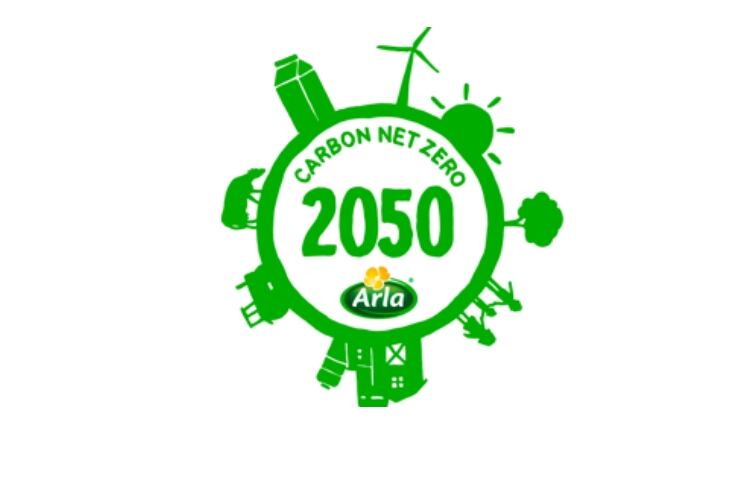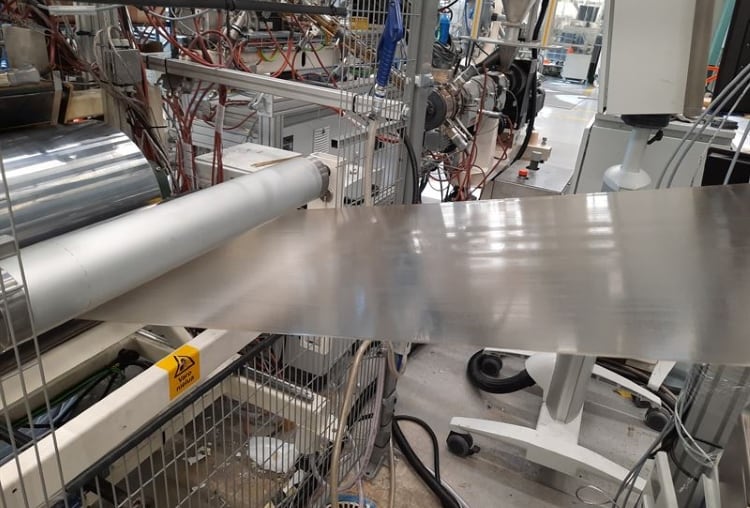“We have very high ambitions for our ESG performance, such as our science-based climate target of reducing our CO2e emissions by 30% in 2030 and becoming carbon net zero by 2050. To create this amount of impact, we need to know that the data we’re working with is correct. In order to constantly improve our ESG performance, external auditing is a strong tool,” chief financial officer at Arla, Torben Dahl Nyholm, said.
“Furthermore, it is an absolute necessity for us that the data and figures we share publicly are solid and trustworthy. There is a growing demand for transparency from our customers, consumers and financial institutions, and our sustainability actions and thus our ability to account for them are key in building and maintaining trust in Arla as a business and in our farmer owners.”
In the first year of external auditing, Arla’s ESG figures received limited assurance from external auditor Ernest & Young (EY). In 2020, Arla aimed at further improving the ESG data quality; an effort guided by EY’s requirements for reasonable assurance; the highest possible assurance level for non-financial data, which Arla managed to receive on most of its ESG figures this year.
“I am very pleased with both our results and our way of reporting them,” Nyholm said.
The figures on CO2e emissions from farms again received limited assurance in 2020, and Arla said it continues to improve standardization in reporting across farms, aiming at achieving reasonable assurance on all ESG figures.
“As a responsible and trusted brand, full transparency and accountability across our entire value chain continue to be a strong guideline for us and the only way to move forward. Our farmers are working hard to produce high quality milk with as low environmental impact as possible while also providing solid, externally verified data on their farming,” Nyholm added.




